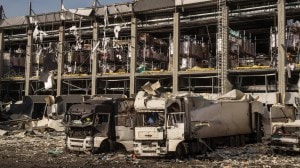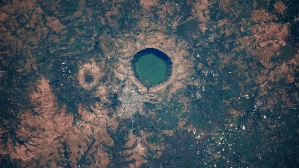Fear and the city
India’s growing at 8 per cent, but Mumbai’s scared of rains. Proof of what’s wrong with us

An economy growing at a brisk 8.4 per cent should be expected to celebrate confirmation of support from nature. The share of agriculture in India’s GDP may be on a decline, but given the millions of people who rely on farming for livelihood, a good monsoon sets the economic outlook for the year in more ways than one. What then accounts for the fear psychosis that has gripped the country’s financial capital at the very sight of rain-laden monsoon clouds? Memories of last year, when 37 inches of rainfall on a single day (July 26) flooded Mumbai out of its stride. On the days after, every possible apprehension Mumbaikars could have had about the fragility of their city’s infrastructure stood confirmed, with enormous consequences for life and economy.
So, when news of the onset of the monsoon this week led to precautionary advice to city-dwellers to stock up on essential supplies and cut down on unnecessary travel, it showed that urban anxiety has been chronic. Transport systems already stand affected. It is pointless, now, to linger too long on the faults in urban planning. The point is to rectify the flaws. Cities like Bangkok, once said to be sinking rapidly, have shown how urban infrastructure can be upgraded without unsettling populations. Proposals to rectify Mumbai’s storm water drainage system have been floating around for more than a decade. Admittedly, they come with a hefty price tag. But after the destruction of 2005 and the fearfulness that it’s left, the city does not have the luxury of weighing options endlessly. The situation is made all the more urgent by the fact that natural drainage systems along the Mithi river too have been choked by unplanned construction.
A few days ago, Finance Minister P. Chidambaram admitted that India’s GDP growth would have been even more impressive if the state of its infrastructure was healthier. The current disruption in the country’s financial capital comes as proof.



- 01
- 02
- 03
- 04
- 05




























